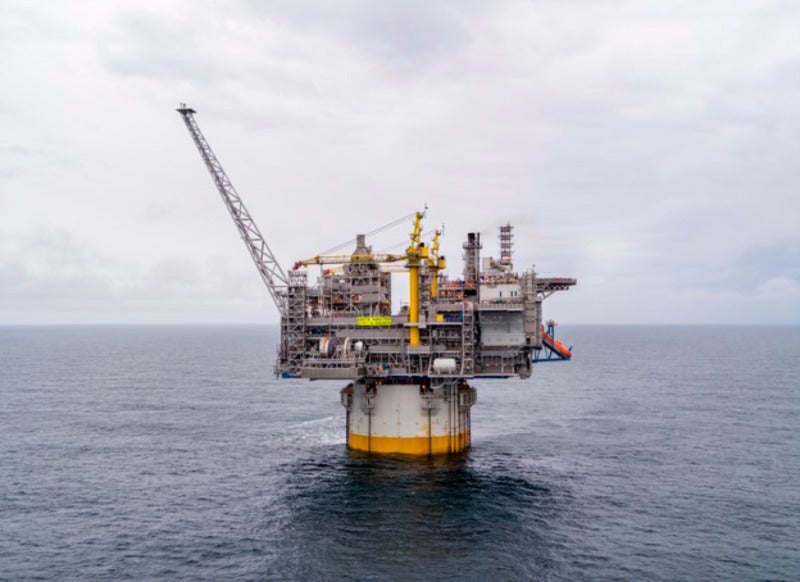
Oil and gas production in Norway is set to increase from 2020 and up to 2023, with overall production to approach the record year of 2004, according to the Norwegian Petroleum Directorate’s (NPD) forecasts.
Last year, during which 87 new production licences were awarded, exploration activity was considerably higher compared with the two previous years.
NPD director general Bente Nyland said: “The activity level on the Norwegian Shelf is high. Production forecasts for the next few years are promising and lay a foundation for substantial revenues, both for the companies and the Norwegian society.”
A total of 53 exploration wells were drilled last year, whereas only 36 were spudded in 2017. This number is expected to remain unchanged this year.
Eleven discoveries were made, with a preliminary resource estimate of 82 million standard cubic metres of recoverable oil equivalents.
Nyland added: “The high level of exploration activity proves that the Norwegian Shelf is attractive. That is good news! However, resource growth at this level is not sufficient to maintain a high level of production after 2025.”
According to Nyland, nearly two-thirds of the undiscovered resources are in the Barents Sea, which will be important to maintain high long-term production.
There were 83 producing fields on the Norwegian Shelf at year-end. Along with the start-up of Aasta Hansteen, the Polarled pipeline started operation to transport gas into the processing facility at Nyhamna in Møre og Romsdal.
Providing new infrastructure in the northern part of the Norwegian Sea, Aasta Hansteen and Polarled open up new opportunities in this part of the Shelf.
Last year, the companies submitted plans for development and operation (PDOs) for three new projects, while nine plans secured approvals.
Nyland concluded: “A lower cost level is also reflected in the new projects that are approved. These are projects that are profitable for both the companies and the Norwegian society.”



